Product Description

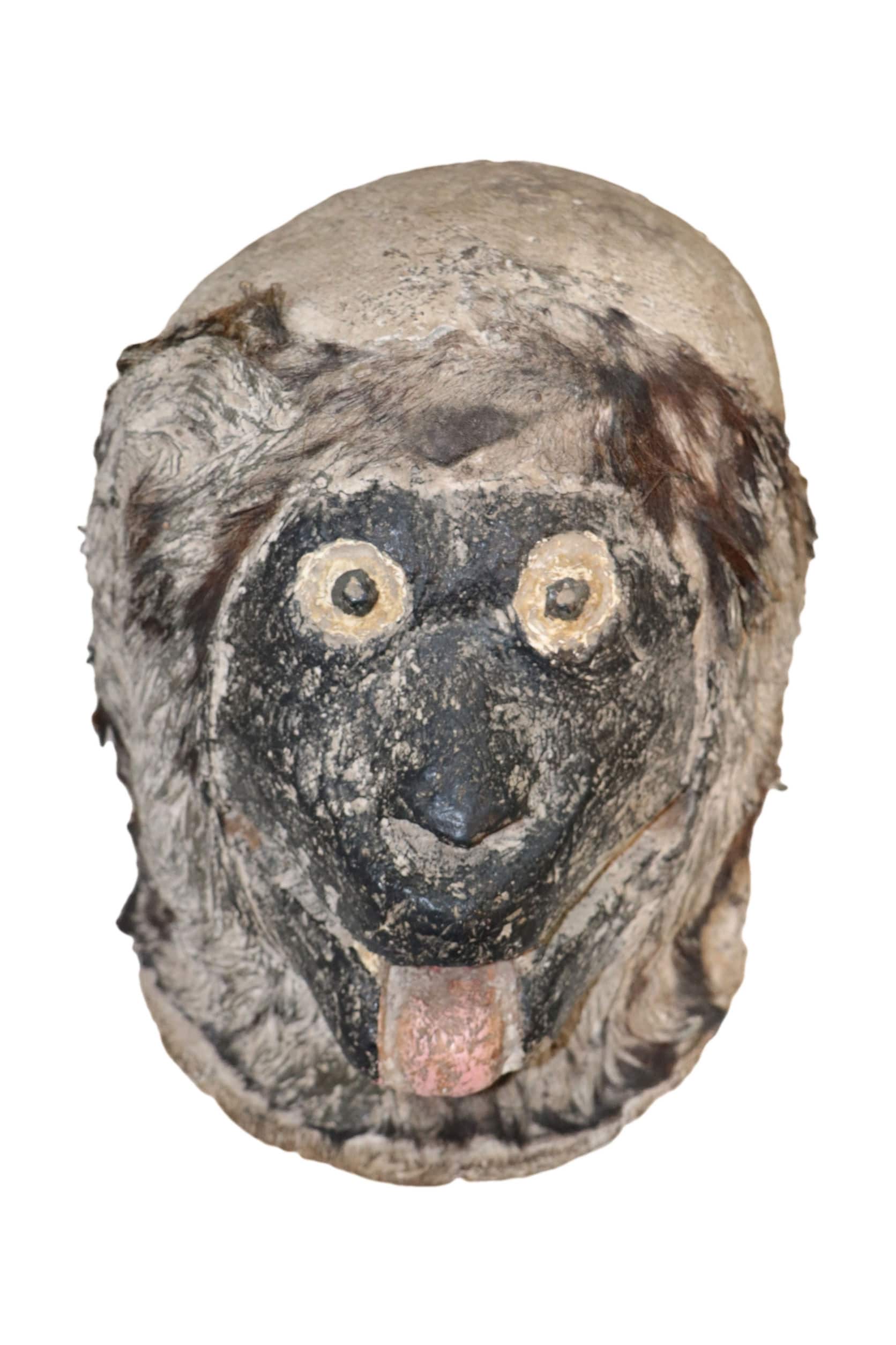
Baule Kpan Mask – RCI
This present mask, called ‘Kpan’, is one of four mask types used on the occasion of the ‘Goli mask dances’ of the Baule people of Ivory Coast. ‘Goli dances’ take place in times of danger, illness and at funerals. They are believed to ward off evil and exert a positive influence on supernatural forces.
The ‘Kpan mask’ is carved in blue-coloured wood and displays a high and finely crafted towering hairstyle with braid buttons on both sides. Both the hairstyle and the face, with the customary tribal scarification marks, are dyed black. The wide edge of the mask is not blackened and was used for attaching the costume. A ‘bite bar’ for the masked dancer is inserted on the back of the mask.
Made of 100% wood, pigment.
Model is W 20 – H 40 and weight 0.4 kg.
Additional information
| Weight | 0.4 kg |
|---|---|
| Dimensions | 20 × 40 cm |
| Color | |
| Material |
Leave a reply Cancel reply
Returns and Exchanges
There are a few important things to keep in mind when returning a product you purchased.You can return unwanted items by post within 7 working days of receipt of your goods.
- You have 14 calendar days to return an item from the date you received it.
- Only items that have been purchased directly from Us.
- Please ensure that the item you are returning is repackaged with all elements.
Ship your item back to Us
Firstly Print and return this Returns Form to:
30 South Park Avenue, San Francisco, CA 94108, USA
Please remember to ensure that the item you are returning is repackaged with all elements.
For more information, view our full Returns and Exchanges information.

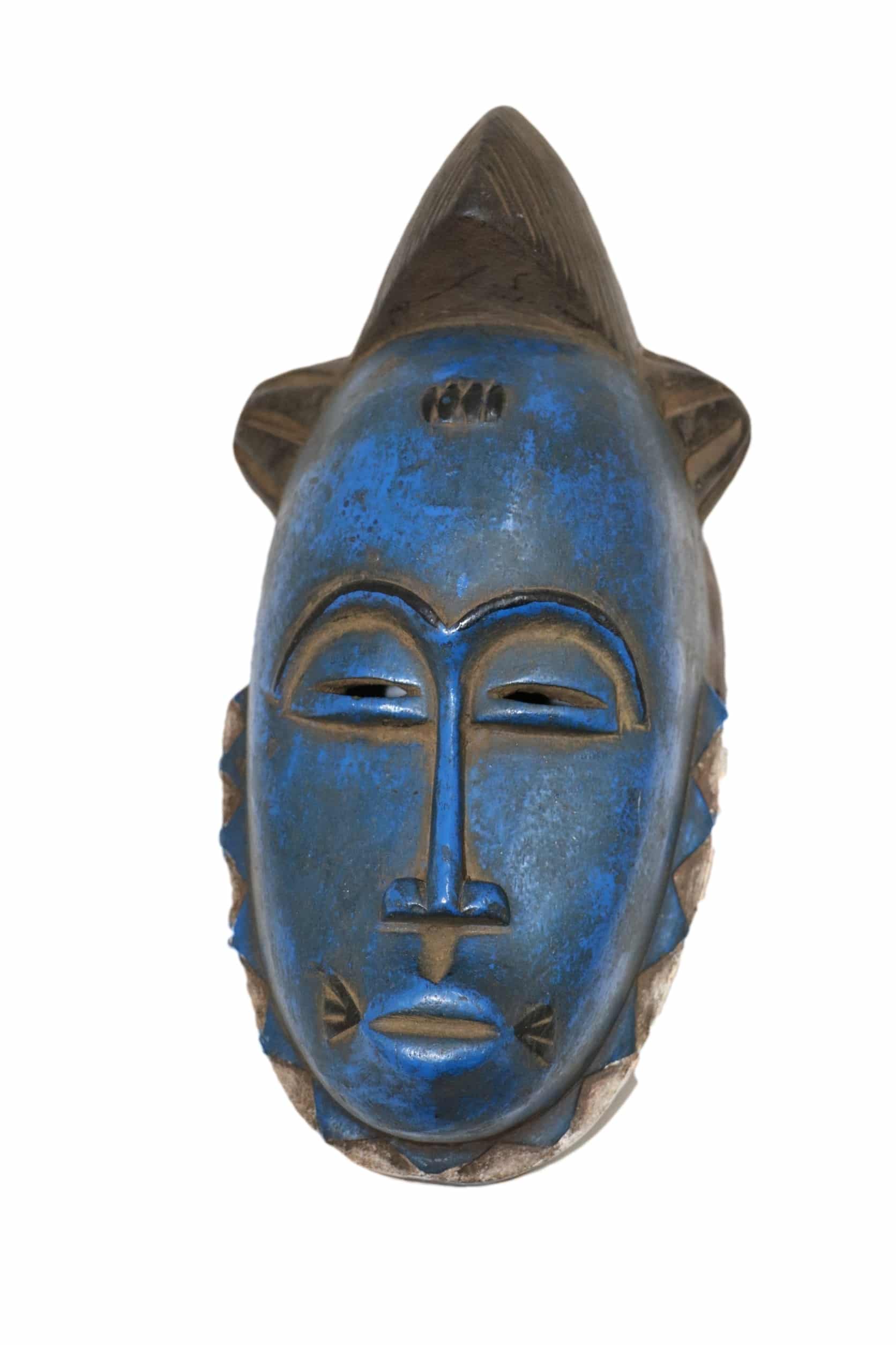
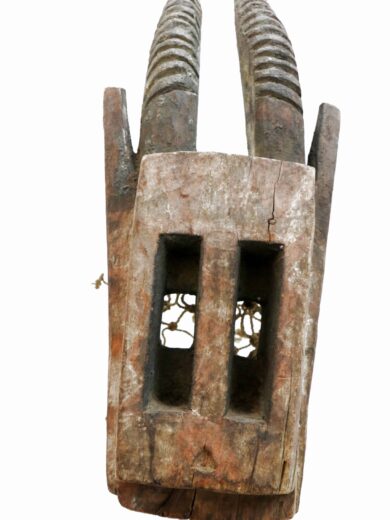
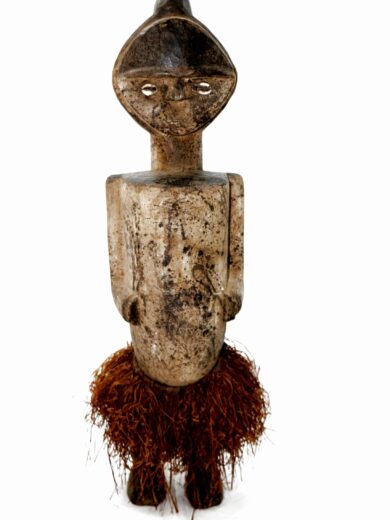
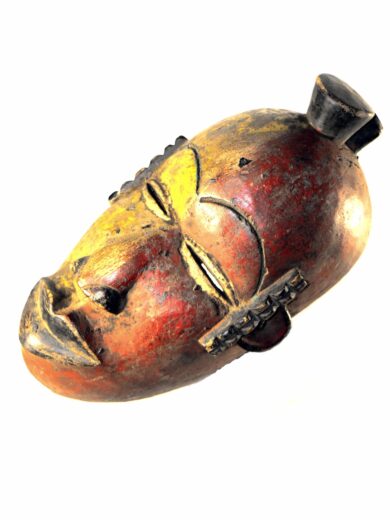

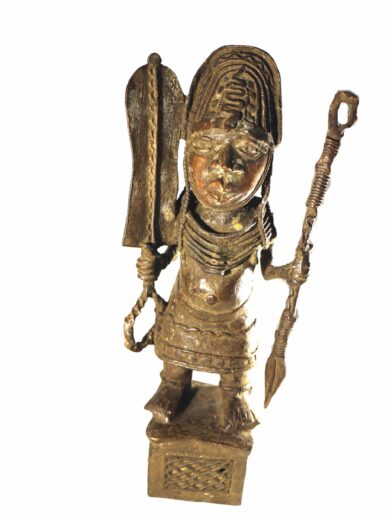

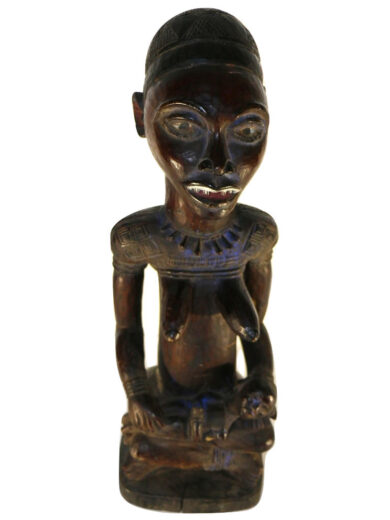
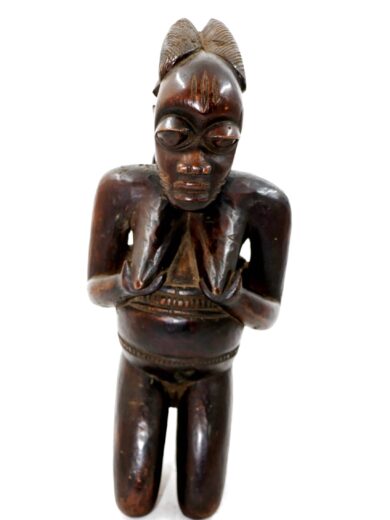


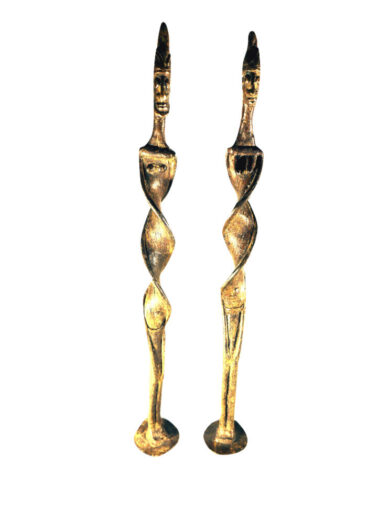

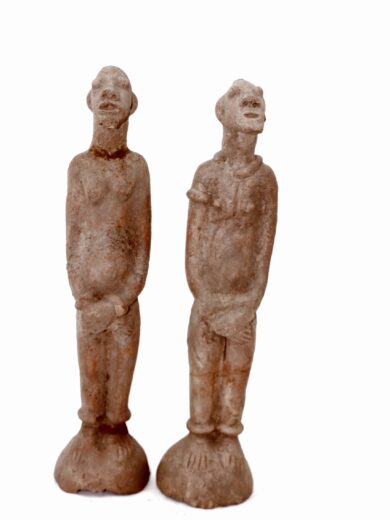
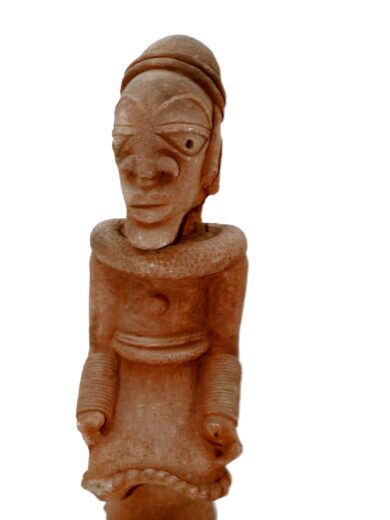
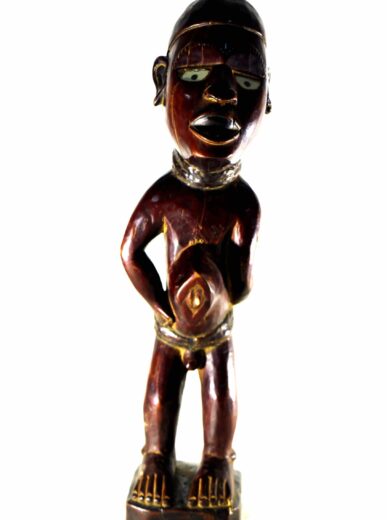


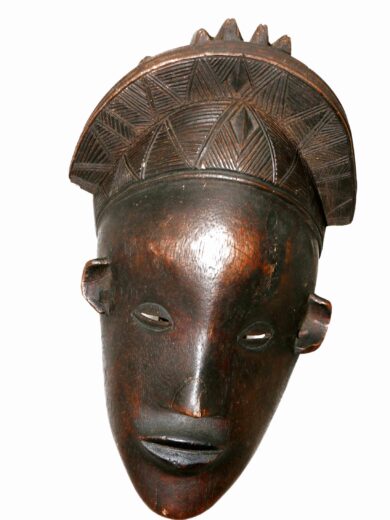

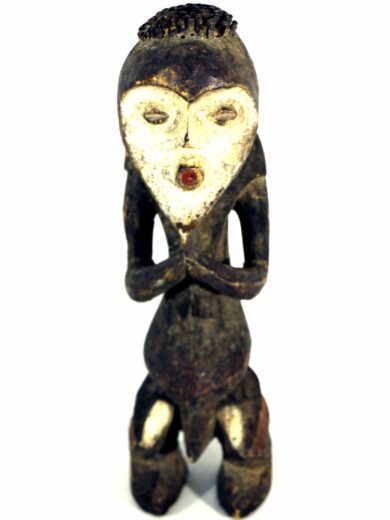
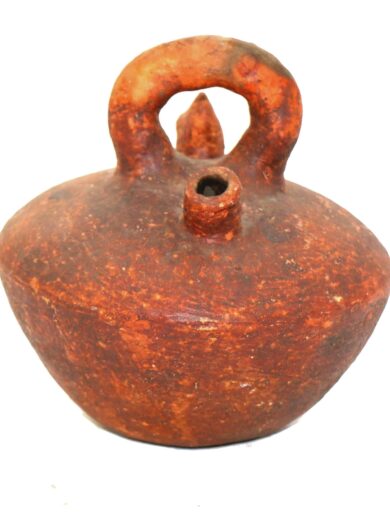
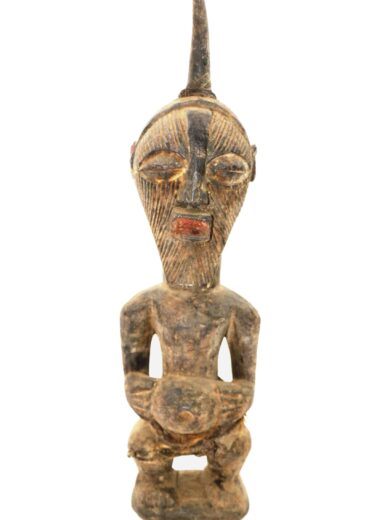
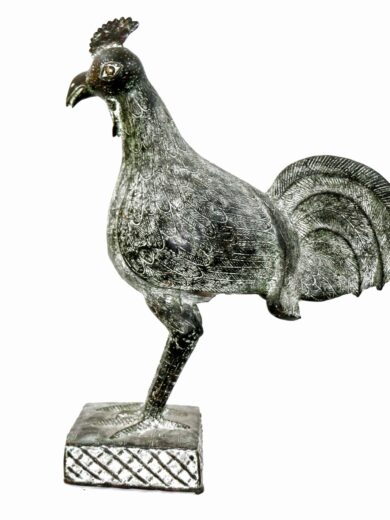
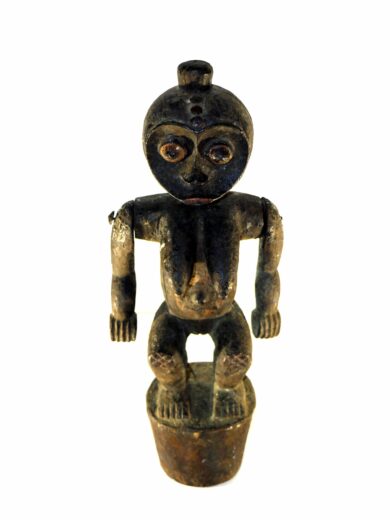
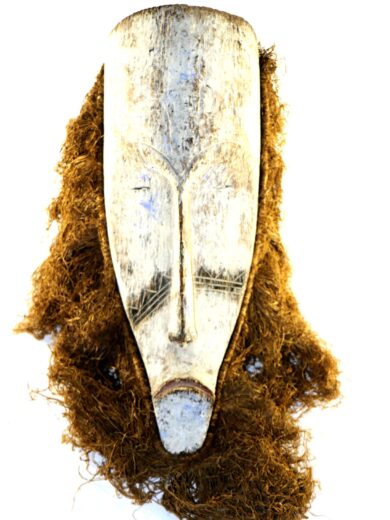
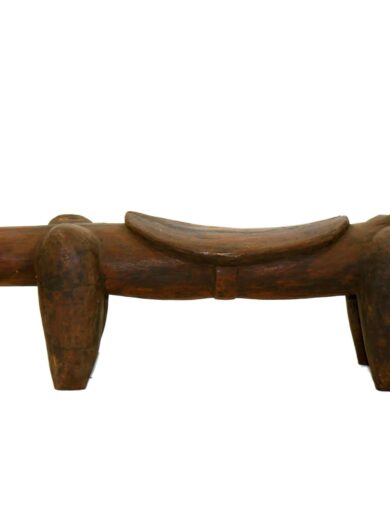


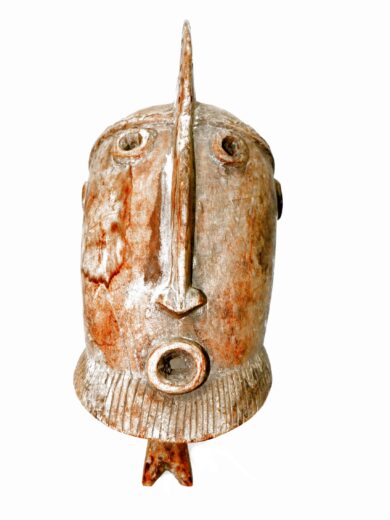
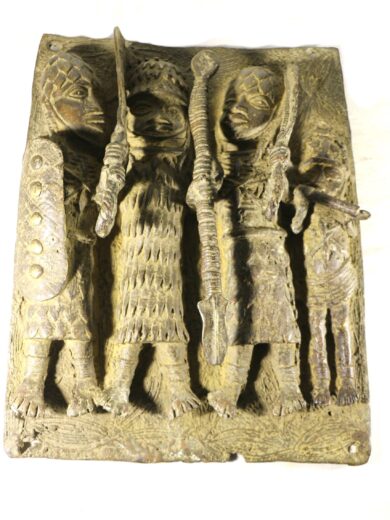
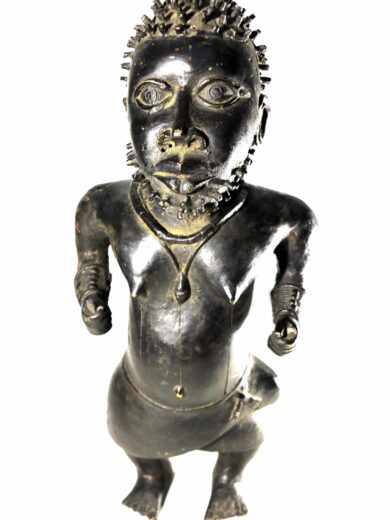

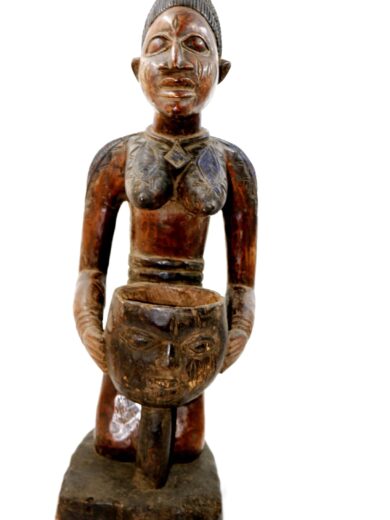

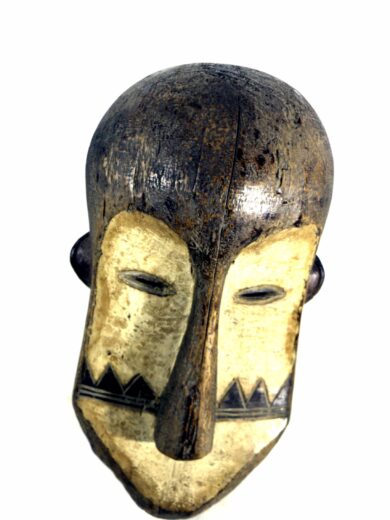
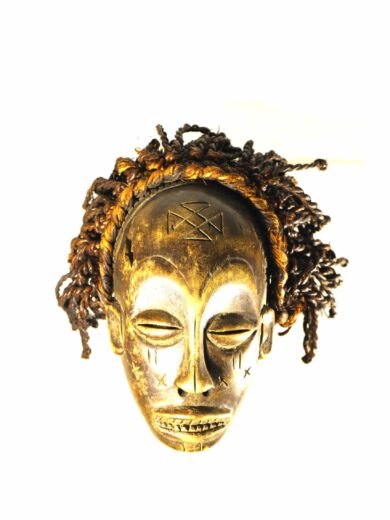
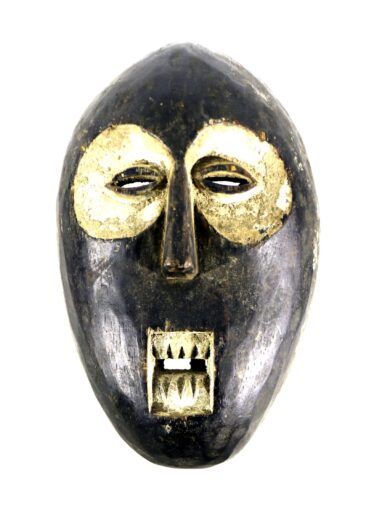
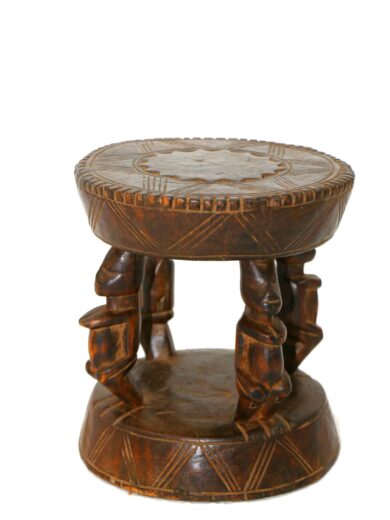
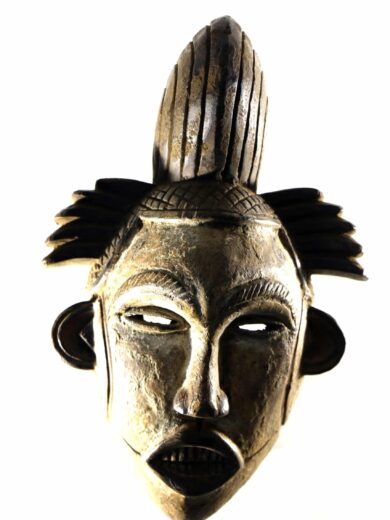
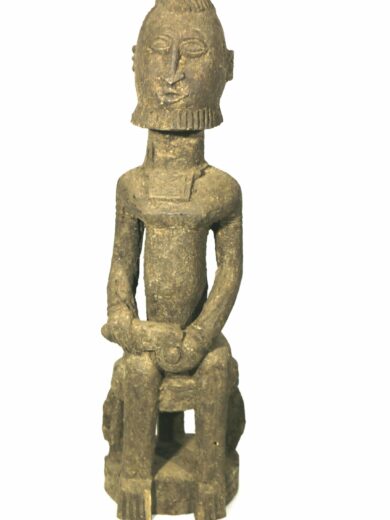
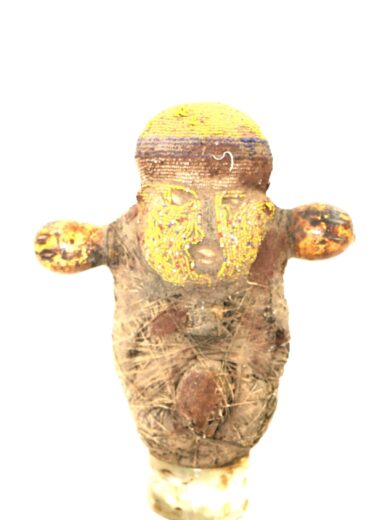
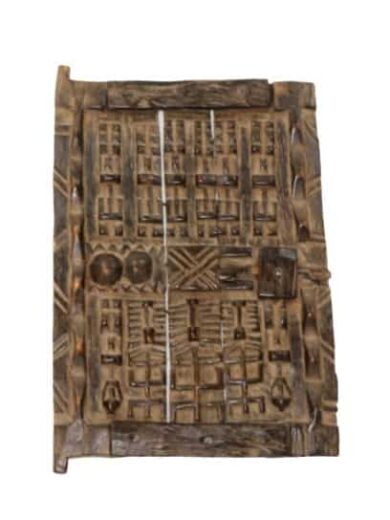
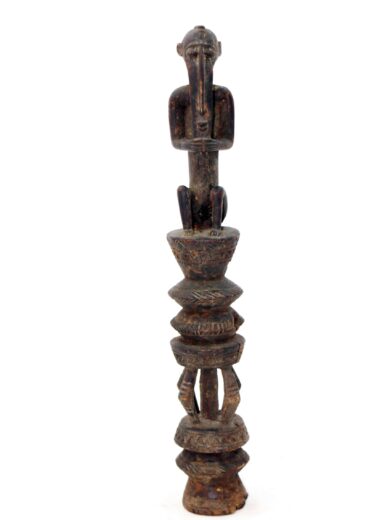

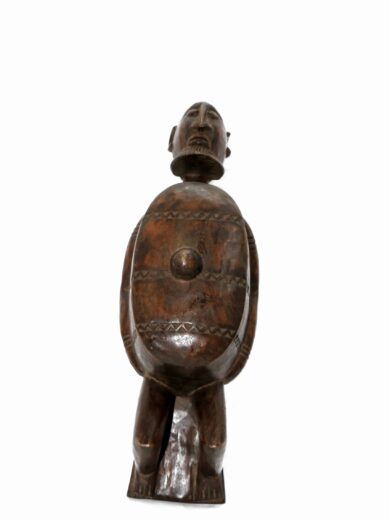
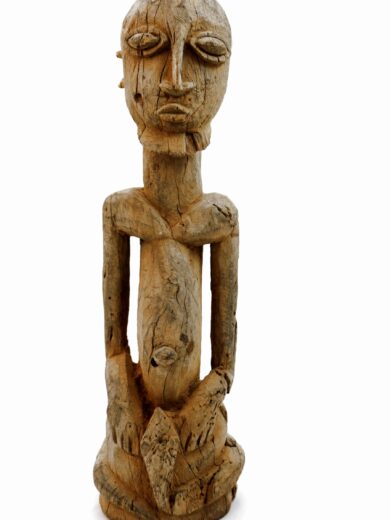
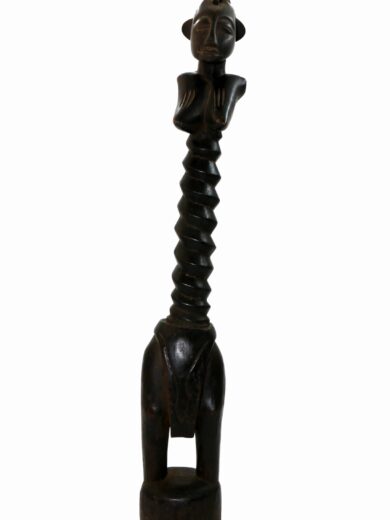

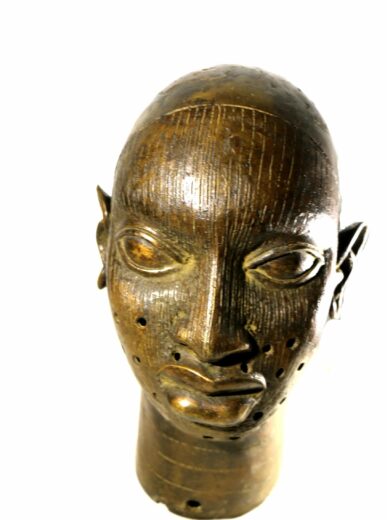
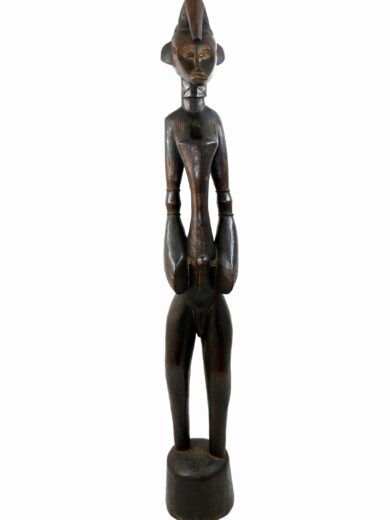

Reviews
There are no reviews yet.